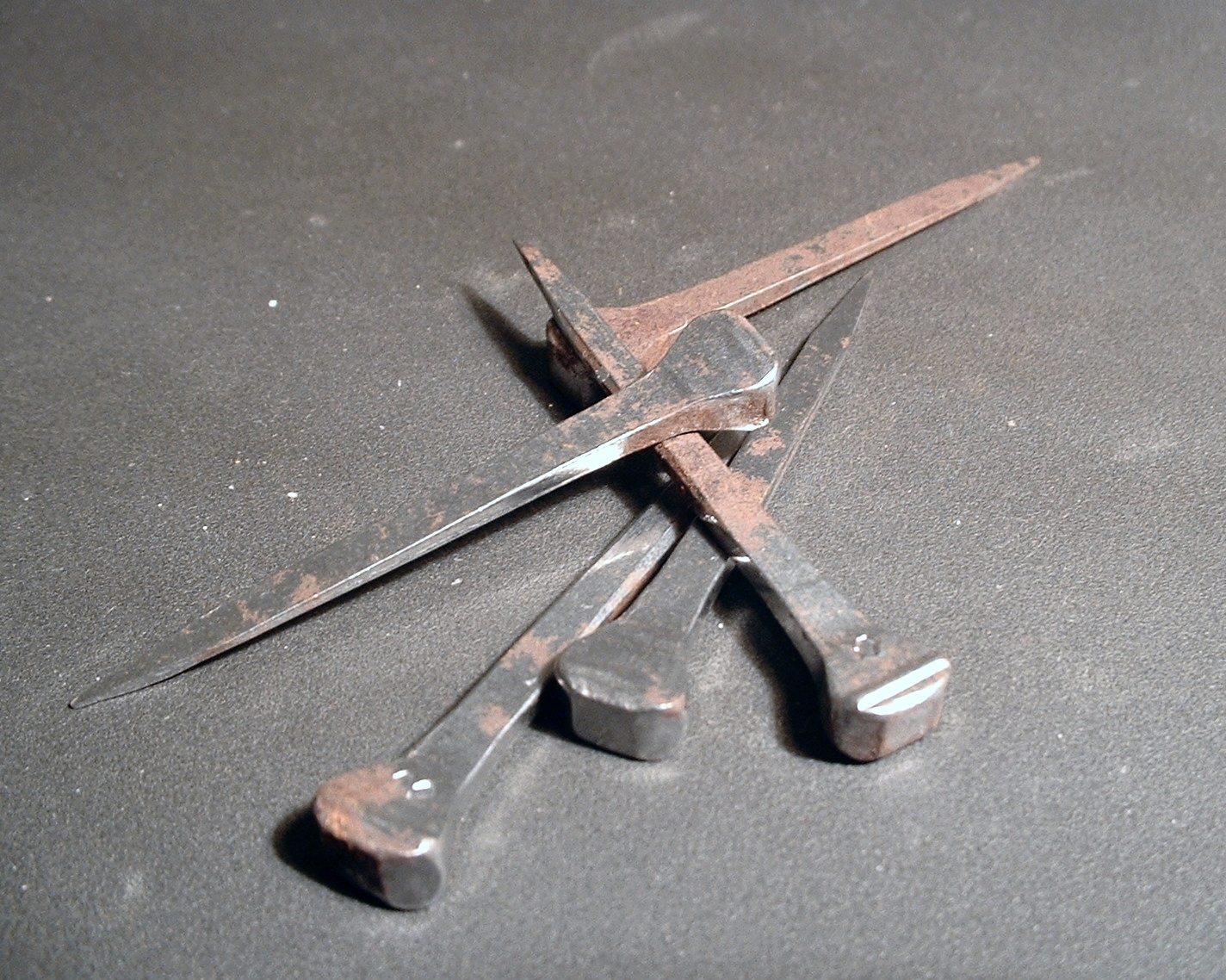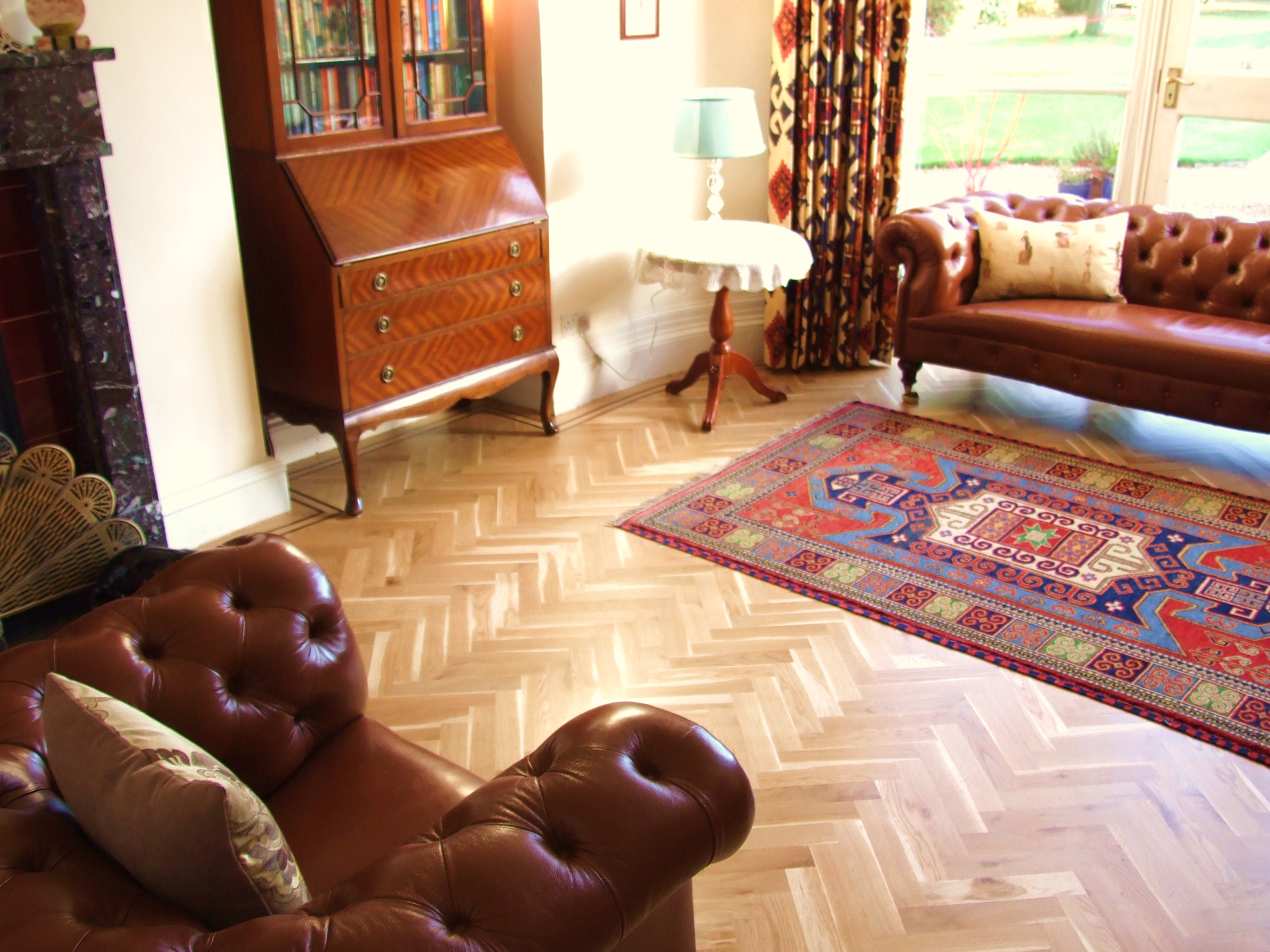|
Nailset
A nailset or nail punch is a hand tool used for driving the exposed head of a nail or pin below the surface of a piece of wood, such as when installing decorative moulding or face-fastening wood flooring. Though they vary in design, nailsets are typically made from a hard round or square steel rod which tapers at one end to a flat or slightly hollowed tip. The tip is placed against the head of the nail, while the other end of the nailset is struck with a hammer. Nailsets come with different sized tips suited to different sized nail heads. See also *Punch (tool) A punch is a tool used to indent or create a hole through a hard surface. They usually consist of a hard metal rod with a narrow tip at one end and a broad flat "butt" at the other. When used, the narrower end is pointed against a target surf ... References Woodworking tools {{tool-stub ... [...More Info...] [...Related Items...] OR: [Wikipedia] [Google] [Baidu] |
Punch (tool)
A punch is a tool used to indent or create a hole through a hard surface. They usually consist of a hard metal rod with a narrow tip at one end and a broad flat "butt" at the other. When used, the narrower end is pointed against a target surface and the broad end is struck with a hammer or mallet, causing the blunt force of the blow to be transmitted through the rod body and focused more sharply onto a small area. Typically, woodworkers use a ball-peen hammer to strike a punch. Use Punches are used to drive fasteners such as nails and dowels, making a hole, or forming an indentation or impression of the tip on a work piece. Decorative punches may also be used to create a pattern or even form an image. Pin Metal pins and similar connectors are driven in or out of holes using a pin punch. For removal, first use a starter punch to loosen the pin, then use a pin punch to finish. Center A ''center punch'' is used to mark the center of a point. It is usually used t ... [...More Info...] [...Related Items...] OR: [Wikipedia] [Google] [Baidu] |
Nail (fastener)
In woodworking and construction, a nail is a small object made of metal (or wood, called a tree nail or "trunnel") which is used as a fastener, as a peg to hang something, or sometimes as a decoration. Generally, nails have a sharp point on one end and a flattened head on the other, but headless nails are available. Nails are made in a great variety of forms for specialized purposes. The most common is a ''wire nail''. Other types of nails include ''pins'', ''Thumbtack, tacks'', ''wikt:brad, brads'', ''spikes'', and ''cleat (shoe), cleats.'' Nails are typically driven into the workpiece by a hammer or nail gun. A nail holds materials together by friction in the axial direction and Shear stress, shear strength laterally. The point of the nail is also sometimes bent over or ''clinched'' after driving to prevent pulling out. History The history of the nail is divided roughly into three distinct periods: * Hand-wrought (forged) nail (pre-history until 19th century) * Cut nail (ro ... [...More Info...] [...Related Items...] OR: [Wikipedia] [Google] [Baidu] |
Decorative Moulding
Moulding (British English), or molding (American English), also coving (in United Kingdom, Australia), is a strip of material with various profiles used to cover transitions between surfaces or for decoration. It is traditionally made from solid milled wood or plaster, but may be of plastic or reformed wood. In classical architecture and sculpture, the moulding is often carved in marble or other stones. In historic architecture, and some expensive modern buildings, it may be formed in place with plaster. A "plain" moulding has right-angled upper and lower edges. A "sprung" moulding has upper and lower edges that bevel towards its rear, allowing mounting between two non-parallel planes (such as a wall and a ceiling), with an open space behind. Mouldings may be decorated with paterae as long, uninterrupted elements may be boring for eyes. Types Decorative mouldings have been made of wood, stone and cement. Recently mouldings have been made of extruded polyvinyl chloride (PV ... [...More Info...] [...Related Items...] OR: [Wikipedia] [Google] [Baidu] |
Wood Flooring
Wood flooring is any product manufactured from timber that is designed for use as flooring, either structural or aesthetic. Wood is a common choice as a flooring material and can come in various styles, colors, cuts, and species. Bamboo flooring is often considered a form of wood flooring, although it is made from bamboo rather than timber. Types Solid Hardwood flooring Solid hardwood floors are made of planks milled from a single piece of timber. Solid hardwood floors were originally used for structural purposes, being installed perpendicular to the wooden support beams of a building known as joists or bearers. With the increased use of concrete as a subfloor in some parts of the world, engineered wood flooring has gained some popularity. However, solid wood floors are still common and popular, but are commonly more expensive in the United States and considered higher end. Solid wood floors have a thicker wear surface and can be sanded and finished more times than an ... [...More Info...] [...Related Items...] OR: [Wikipedia] [Google] [Baidu] |
Hammer
A hammer is a tool, most often a hand tool, consisting of a weighted "head" fixed to a long handle that is swung to deliver an impact to a small area of an object. This can be, for example, to drive nail (fastener), nails into wood, to shape metal (as with a forge), or to crush Rock (geology), rock. Hammers are used for a wide range of driving, shaping, breaking and non-destructive striking applications. Traditional disciplines include carpentry, blacksmithing, war hammer, warfare, and mallet percussion, percussive musicianship (as with a gong). Hammering is use of a hammer in its strike capacity, as opposed to pry bar, prying with a secondary claw or grappling with a secondary hook. Carpentry and blacksmithing hammers are generally wielded from a stationary stance against a stationary target as gripped and propelled with one arm, in a lengthy downward plane (geometry), planar arc—downward to add kinetic energy to the impact—pivoting mainly around the shoulder and elbo ... [...More Info...] [...Related Items...] OR: [Wikipedia] [Google] [Baidu] |




